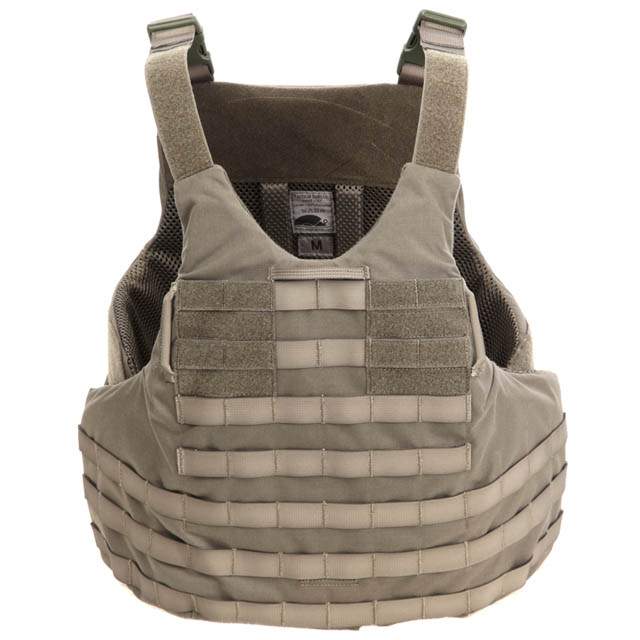What is Bulletproof Vest?
Bulletproof vests, also known as ballistic vests, are protective garments worn by law enforcement personnel, military personnel, and civilians to protect against firearms and other ballistic threats. In this article, we will explore the history of bulletproof vests, their properties, and the production process.

History
The history of bulletproof vests dates back to the early 1900s when the first soft body armor was developed. It was made from silk and was effective in stopping low-velocity projectiles. However, it was not practical for use in combat as it was heavy and uncomfortable.
In the 1960s, the development of Kevlar, a synthetic fiber with exceptional strength and durability, revolutionized the field of body armor. Kevlar was used to create the first modern ballistic vest, which was lightweight and offered excellent protection against a range of ballistic threats.

Properties
Bulletproof vests are designed to protect against various types of ballistic threats, including handgun rounds, rifle rounds, and shrapnel from explosive devices. The effectiveness of a bulletproof vest is measured by its ability to stop bullets and reduce the impact of the bullet on the wearer.
Modern bulletproof vests are made from a combination of materials, including Kevlar, Spectra, and Dyneema. These materials are woven into multiple layers to create a strong, flexible, and lightweight material that can withstand high-velocity projectiles.
Production
The production process for bulletproof vests involves multiple stages, including material selection, cutting, and assembly.
1.Material selection: The first step in the production of a bulletproof vest is selecting the appropriate materials. Manufacturers typically use a combination of Kevlar, Spectra, and Dyneema to create the protective material.
2.Cutting: Once the materials are selected, they are cut into the desired shape and size using specialized cutting machines.
3. Assembly: The cut pieces are then assembled into a vest, using either a sewing machine or heat-sealing process. The number of layers and the placement of the layers can vary depending on the level of protection required.
4. Testing: Once the vest is assembled, it undergoes a series of tests to ensure that it meets the required standards for ballistic protection.
In conclusion, bulletproof vests have come a long way since their inception in the early 1900s. The development of Kevlar and other high-performance materials has made it possible to create lightweight and flexible vests that offer exceptional protection against a range of ballistic threats. The production process for bulletproof vests involves selecting the appropriate materials, cutting them into the desired shape and size, assembling them into a vest, and testing them to ensure their effectiveness. As technology continues to advance, we can expect to see even more innovative designs and materials used in the production of bulletproof vests.
The right address for your ballistic vest product and raw material needs © 2024 Samas Inc.!


Comments are closed